Trojan Vundo is a Trojan horse that downloads files and displays pop-up advertisements. It is known to be distributed through spam email, peer-to-peer file sharing, drive-by downloads, and by other malware.
Trojan Vundo, also known as VirtuMonde, VirtuMundo, and MS Juan, typically arrives by way of spam email or is hoisted onto the user’s computer by a drive-by download that exploits a browser vulnerability. The Trojan may also be downloaded via file-sharing networks, with the malicious executables having been given innocuous names to trick users into running them.
Trojan Vundo may also be downloaded by other malware. The mass-mailing worms W32.Ackantta.B@mm and W32.Ackantta.C@mm are known to download variants of this threat family on to compromised computers. Increased levels of infection of these worms has been seen to result in an increase in the number of Trojan Vundo infections.
Trojan Vundo was designed as a means for displaying advertisements on the compromised computer. The Trojan includes functionality to display pop-ups and is additionally capable of injecting advertisements into search results.
The advertisements and pop-ups that are displayed include those for fraudulent or misleading applications; intrusive pop-ups, fake scan results, and so-called alerts that masquerade as being from legitimate security software appear on the desktops of compromised computers in an attempt to frighten users into clicking buttons for ‘further information’. The advertisements generally link to sites offering non-functional (or occasionally outright harmful) programs that purport to be capable of ridding the computer of non-existent malware in return for a fee payable by credit card.
Advertisements for adult Web sites and services may also be displayed by the threat.
In order to make it more difficult to remove, Trojan Vundo also lowers security settings, prevents access to certain Web sites, and disables certain system software. Some variants attempt to disable antivirus programs.
Recent Trojan Vundo variants have more sophisticated features and payloads, including rootkit functionality, the capability to download misleading applications by exploiting local vulnerabilities, and extensions that encrypt files in order to extort money from the user.
Security products may detect this trojan, with the following name: Trojan:Win32/Vundo.K (Microsoft),Trojan:Win32/Vundo.gen!R (Microsoft), TR/Drop.Vundo.J.70 (Avira), Gen:Variant.Vundo.4 (BitDefender),TR/Vundo.NV.2 (Avira), Win-Trojan/Vundo.63488.M (AhnLab),Trojan.Vundo.B (Symantec) , W32/Vundo.dam1 (Norman), Win32/Vundo!generic (CA), Trojan.Vundo.EWZ (BitDefender),Trojan.Vundo.B (Symantec) , Vundo.gen165 (Norman) , Win32/Vundo!generic (CA), Trojan:Win32/Vundo.RH,Trojan:Win32/Vundo.RG ,Trojan:Win32/Vundo.QY ,Trojan:Win32/Vundo.QX,Trojan-Downloader.Win32.Vundo (Ikarus) , W32/Vundo.CPVT (Norman) , TR/Dldr.Vundo.J.379 (Avira) and other similar aliases.
Trojan Vundo – Virus Removal Instructions
STEP 1: Remove Trojan Vundo infection with Kaspersky TDSSKiller
As part of its self defense mechanism, Trojan Vundo will install a rootkit on the infected computer.In this first step, we will run a system scan with Kaspersky TDSSKiller to remove this rookit.
- Please download the latest official version of Kaspersky TDSSKiller.
KASPERSKY TDSSKILLER DOWNLOAD LINK(This link will automatically download Kaspersky TDSSKiller on your computer.) - Before you can run Kaspersky TDSSKiller, you first need to rename it so that
you can get it to run. To do this, right-click on the TDSSKiller.exe icon and select Rename.
Edit the name of the file from TDSSKiller.exe to iexplore.exe, and then double-click on it to launch. - Kaspersky TDSSKiller will now start and display the welcome screen and we will need to click on Change Parameters.

- In the new open window,we will need to enable Detect TDLFS file system, then click on OK.

- Next,we will need to start a scan with Kaspersky, so you’ll need to press the Start Scan button.

- Kaspersky TDSSKiller will now scan your computer for Trojan Vundo infection.

- When the scan has finished it will display a result screen stating whether or not the infection was found on your computer. If it was found it will display a screen similar to the one below.

- To remove the infection simply click on the Continue button and TDSSKiller will attempt to clean the infection.A reboot will be require to completely remove any infection from your system.
STEP 2: Remove Trojan Vundo malicious files with Malwarebytes Anti-Malware
Malwarebytes Chameleon technologies will allow us to install and run a Malwarebytes Anti-Malware scan without being blocked by Trojan Vundo.
- Download Malwarebytes Chameleon from the below link and extract it to a folder in a convenient location.
MALWAREBYTES CHAMELEON DOWNLOAD LINK (This link will open a new web page from where you can download Malwarebytes Chameleon) - Make certain that your infected computer is connected to the internet and then open the Malwarebytes Chameleon folder and double-click on svchost.exe.

IF Malwarebytes Chameleon will not open, double-click on the other renamed files until you find one will work, which will be indicated by a black DOS/command prompt window. - Follow the onscreen instructions to press a key to continue and Chameleon will proceed to download and install Malwarebytes Anti-Malware for you.

- Once it has done this, it will update Malwarebytes Anti-Malware, and you’ll need to click OK when it says that the database was updated successfully.

- Malwarebytes Anti-Malware will now attempt to kill all the malicious process associated with Trojan Vundo.Please be aware that this process can take up to 10 minutes, so please be patient.

- Next, Malwarebytes Anti-Malware will automatically open and perform a Quick scan for Trojan Vundo malicious files as shown below.
![Malwarebytes Anti-Malware scanning for Trojan Vundo [Image: Malwarebytes Anti-Malware scanning for Trojan Vundo]](data:image/gif;base64,R0lGODlhAQABAAAAACH5BAEKAAEALAAAAAABAAEAAAICTAEAOw==)
- Upon completion of the scan, click on Show Result
![Malwarebytes when the system scan has completed [Image: Malwarebytes Anti-Malware scan results]](data:image/gif;base64,R0lGODlhAQABAAAAACH5BAEKAAEALAAAAAABAAEAAAICTAEAOw==)
- You will now be presented with a screen showing you the malware infections that Malwarebytes Anti-Malware has detected.
Make sure that everything is Checked (ticked),then click on the Remove Selected button.
![Click on Remove Selected to get rid of Trojan Vundo [Image:Malwarebytes removing virus]](data:image/gif;base64,R0lGODlhAQABAAAAACH5BAEKAAEALAAAAAABAAEAAAICTAEAOw==)
- After your computer restarts, open Malwarebytes Anti-Malware and perform a Full System scan to verify that there are no remaining threats
STEP 3 : Remove the malicious registry keys added by the Trojan Vundo
Trojan Vundo has added some malicious registry keys to your Windows installation,to remove them we will need to perform a scan with RogueKiller.
- You can download RogueKiller from the below link.
ROGUEKILLER DOWNLOAD LINK (This link will automatically download RogueKiller on your computer) - Double click on RogueKiller.exe to start this utility and then wait for the Prescan to complete.This should take only a few seconds and then you can click the Start button to perform a system scan.
![Click on the Start button to perform a system scan [Image: RogueKiller while scanning]](data:image/gif;base64,R0lGODlhAQABAAAAACH5BAEKAAEALAAAAAABAAEAAAICTAEAOw==)
- After the scan has completed, press the Delete button to remove any malicious registry keys.
![Press Delete to remove the malicious registry keys [Image: RogueKiller removing Trojan Vundo]](data:image/gif;base64,R0lGODlhAQABAAAAACH5BAEKAAEALAAAAAABAAEAAAICTAEAOw==)
STEP 4: Remove Trojan Vundo rootkit with HitmanPro
- you can download HitmanPro from the below link,then double click on it to start this program.
HITMANPRO DOWNLOAD LINK (This link will open a new web page from where you can download HitmanPro)
IF you are experiencing problems while trying to start HitmanPro, you can use the Force Breach mode.To start HitmanPro in Force Breach mode, hold down the left CTRL-key when you start HitmanPro and all non-essential processes are terminated, including the malware process. (How to start HitmanPro in Force Breach mode – Video) - HitmanPro will start and you’ll need to follow the prompts (by clicking on the Next button) to start a system scan with this program.


- HitmanPro will start scanning your computer for Trojan Vundo malicious files as seen in the image below.

- Once the scan is complete,you’ll see a screen which will display all the infected files that this utility has detected, and you’ll need to click on Next to remove this malicious files.

- Click Activate free license to start the free 30 days trial and remove all the malicious files from your computer.

STEP 5: Remove Trojan Vundo from your browser
- You can download AdwCleaner from the below link.
ADWCLEANER DOWNLAOD LINK (This link will automatically download AdwCleaner on your computer) - Before starting this utility,close all open programs and internet browsers.
- Double click on adwcleaner.exe to run the tool.
- Click on Delete,then confirm each time with Ok.

- Your computer will be rebooted automatically. A text file will open after the restart.
- NEXT,double click on adwcleaner.exe to run the tool.
- Click on Uninstall,then confirm with yes to remove this utility from your computer.
STEP 6: Double check for any left over infections with Emsisoft Emergency Kit
- You can download Emsisoft Emergency Kit from the below link,then extract it to a folder in a convenient location.
EMSISOFT EMERGENCY KIT DOWNLOAD LINK ((This link will open a new web page from where you can download Emsisoft Emergency Kit) - Open the Emsisoft Emergency Kit folder and double click EmergencyKitScanner.bat, then allow this program to update itself.

- After the Emsisoft Emergency Kit has update has completed,click on the Menu tab,then select Scan PC.

- Select Smart scan and click on the SCAN button to search for Trojan Vundo malicious files.

- When the scan will be completed,you will be presented with a screen reporting which malicious files has Emsisoft detected on your computer, and you’ll need to click on Quarantine selected objects to remove them.

Next,we will remove the tools that we’ve used in our malware removal process.
Kaspersky TDSSKiller and RogueKiller can be removed by deleting the utilities.
We strongly recommend that you keep Malwarebytes Anti-Malware and HitmanPro installed on your machine and run regular scans with this tools.If you however,wish to remove them,you can go into the Add or Remove programs and uninstall this two on-demand scanners.

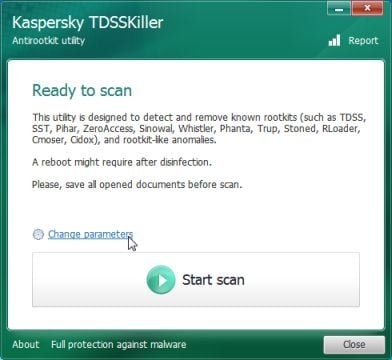

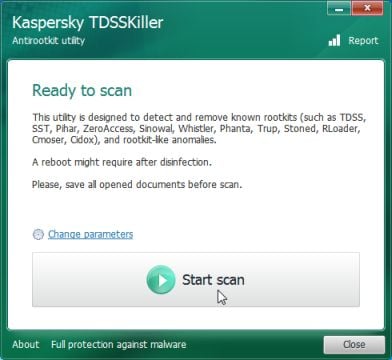

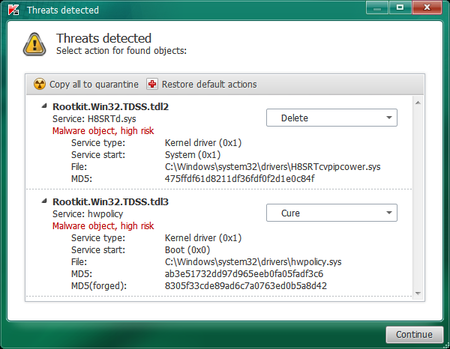

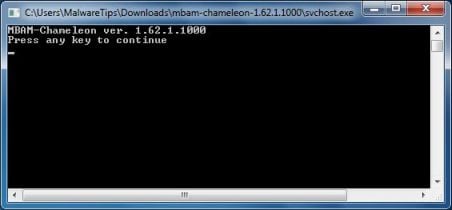
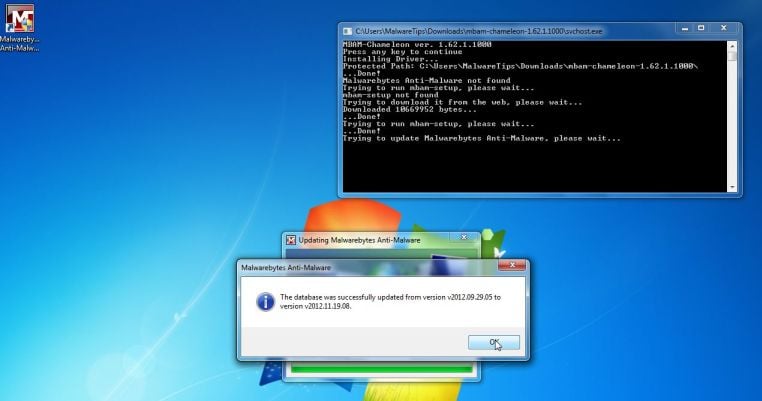
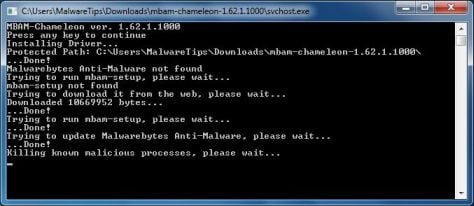
![Malwarebytes Anti-Malware scanning for Trojan Vundo [Image: Malwarebytes Anti-Malware scanning for Trojan Vundo]](http://malwaretips.com/blogs/wp-content/uploads/2013/01/malwarebytes-scan.jpg)
![Malwarebytes when the system scan has completed [Image: Malwarebytes Anti-Malware scan results]](http://malwaretips.com/blogs/wp-content/uploads/2013/01/malwarebytes-scan-results.jpg)
![Click on Remove Selected to get rid of Trojan Vundo [Image:Malwarebytes removing virus]](http://malwaretips.com/blogs/wp-content/uploads/2013/01/malwarebytes-virus-removal.jpg)
![Click on the Start button to perform a system scan [Image: RogueKiller while scanning]](http://malwaretips.com/blogs/wp-content/uploads/2012/04/roguek-1.png)
![Press Delete to remove the malicious registry keys [Image: RogueKiller removing Trojan Vundo]](http://malwaretips.com/blogs/wp-content/uploads/2012/04/roguek-2.png)

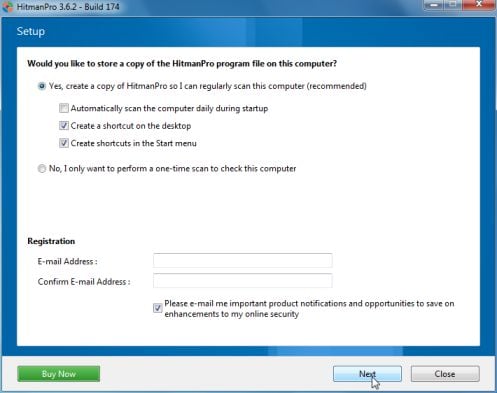




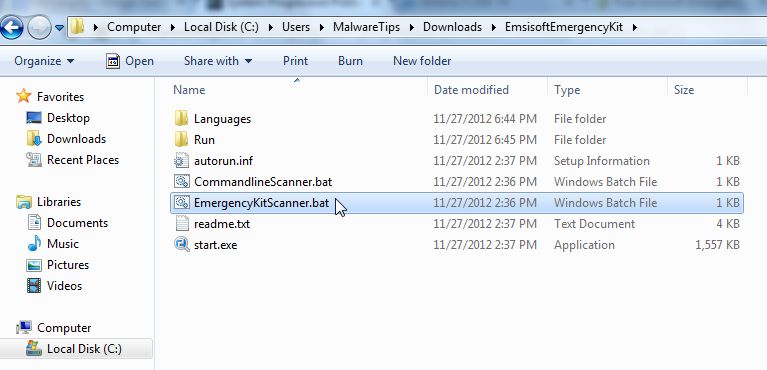
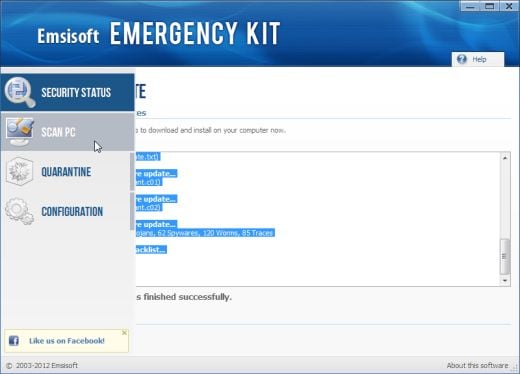
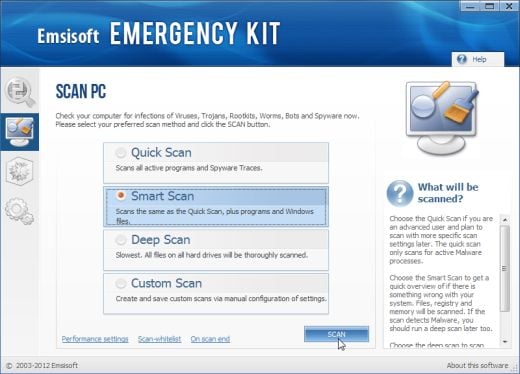
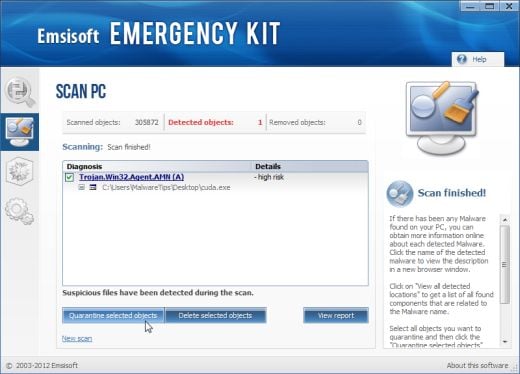










handy tips here, thanks :)
Hello gaby,
Go ahead and perform all the scans as one scanner may miss something then another may pick up. :)
Also, what file is SAS flagging as malware? Can you upload it to virustotal.com just to make sure it’s malware.
Waiting for your reply..:D
superanti spyware is detecting trojan.agent/gen.vundo but when I run TDSS killer its not finding anything. do you have any clue why this would be happening?